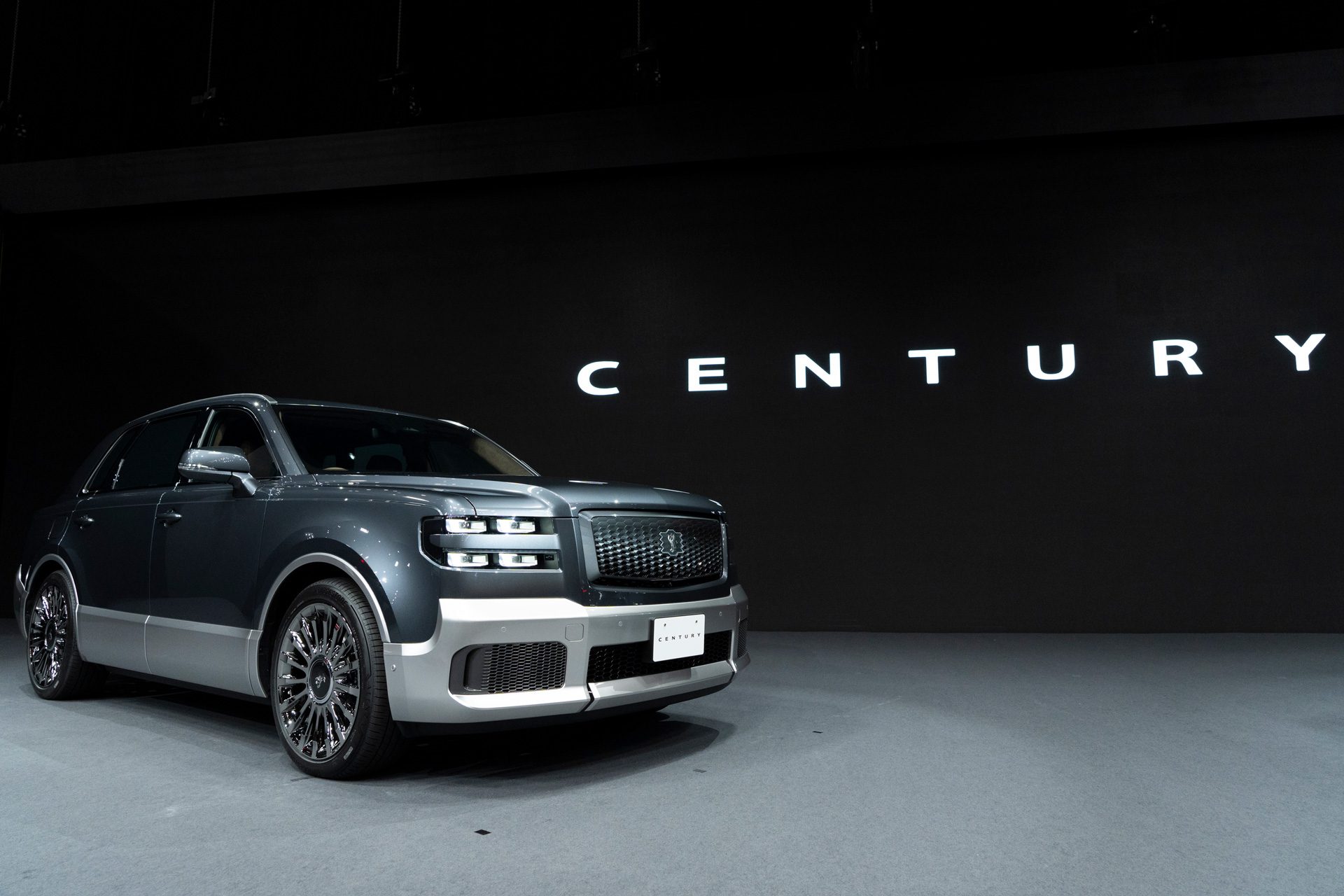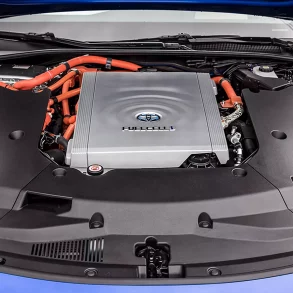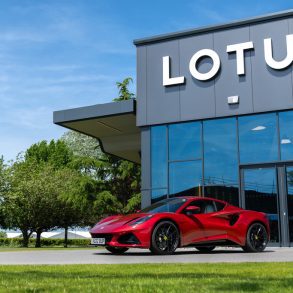Summary
- Toyota is aiming to create a new ultra-luxury brand, Century, to compete with the big names
- First vehicle shown at the Tokyo Motor Show in 2023 in SUV form
- An executive limousine version has also been shown
- Century aims to take advantage of the greater than 5% growth YOY in the ultra-luxury segment expected over the next 7 years
- Faces many challenges, least of all overcoming the Toyota badge meaning “inexpensive and reliable”
- We think Century has a very good chance of becoming a viable option for ultra-luxury customers, with Toyota’s experience with Lexus as a high-luxury and supercar brand
The ultra-luxury car market has traditionally been the playground of esteemed brands such as Rolls-Royce, Bentley, and Maybach. However, Toyota’s foray into this exclusive domain with its new Century ultra-luxury brand has caused some serious discussions within the automotive industry. It will offer two cars, an SUV and an ultra-luxe executive limousine, as their first entries.
Today, we will look at the sales performance of ultra-luxury cars over the past five years, scrutinize the pricing dynamics within this rarified segment, and evaluate the potential impact of Toyota Century’s entry on the existing trends.
Sales Performance in the Ultra-Luxury Segment
To understand the viability of a new entrant like Toyota Century in the ultra-luxury segment, it’s imperative to examine the recent sales trends. According to industry reports, the ultra-luxury car segment has experienced a remarkable upswing over the past half-decade.
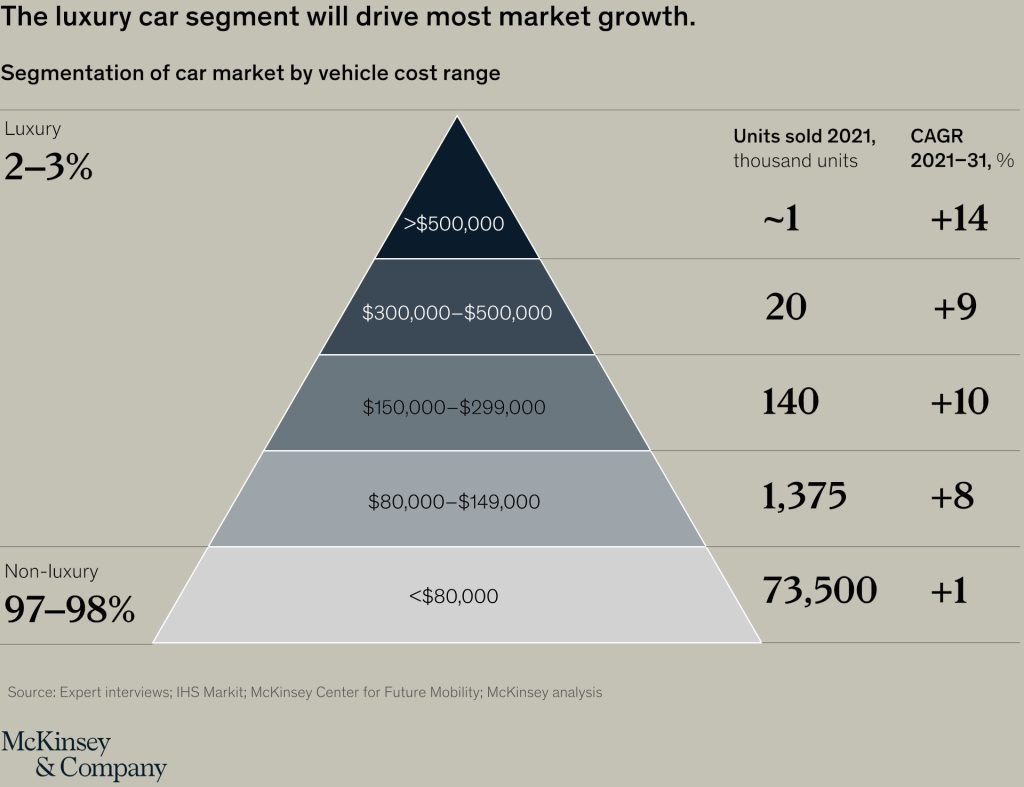
Between 2019 and 2023, the ultra-luxury car market witnessed a steady compound annual growth rate (CAGR) of approximately 7.5%. The percentage growth underscores the resilience and appeal of ultra-luxury vehicles despite the associated costs of these cars and SUVs, giving new players like Toyota a chance to make an entrance.
However, it’s essential to note that while the overall trend indicates growth, there have been regional variations and occasional declines. Economic uncertainties and evolving consumer preferences have contributed to fluctuations in different markets.
Pricing Dynamics & Ultra-Luxury Vehicle Trends
The pricing dynamics within the ultra-luxury segment have long been characterized by exclusivity and high price tags. Rolls-Royce, Bentley, and Maybach have established themselves as boutique purveyors of opulence, commanding prices that often exceed the million-dollar mark. This naturally begs the question of can Toyota, a brand associated with reliability and affordability, compete in this ultra-opulent stratosphere?
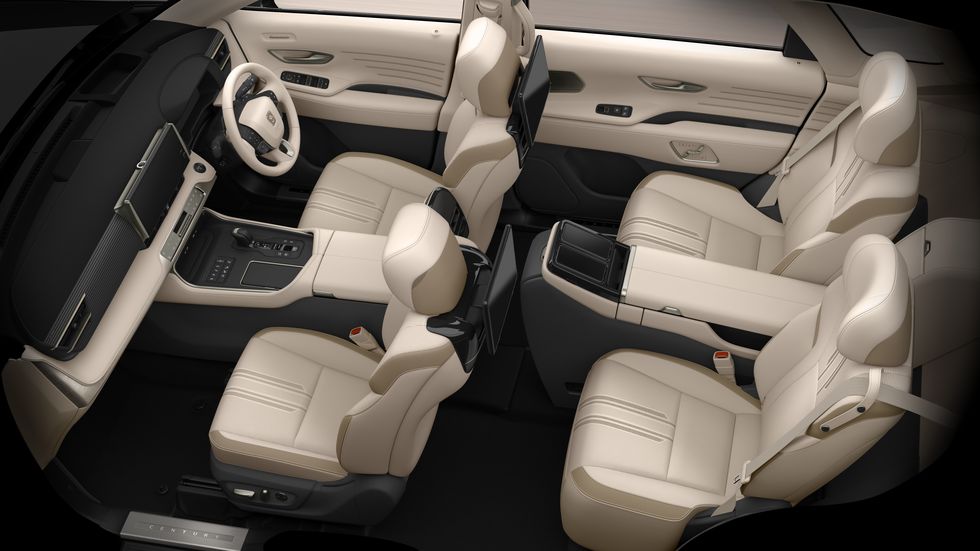
By looking at the pricing strategy of the new Toyota Century, it is readily apparent that the aim is to strike a balance between exclusivity and accessibility. While established ultra-luxury brands continue to position themselves as extravagances with hefty price tags, the Century enters the market with a more moderate pricing approach, offering “common” ultra luxury features as part of the base package.
This decision opens up the possibility of attracting a broader consumer base that aspires to own an ultra-luxury vehicle without breaking the bank. It is also a common strategy that many Japanese brands use, giving a base vehicle that gets the job done, and then enticing the extra spend with quality of life and luxury features on higher trims of those models.
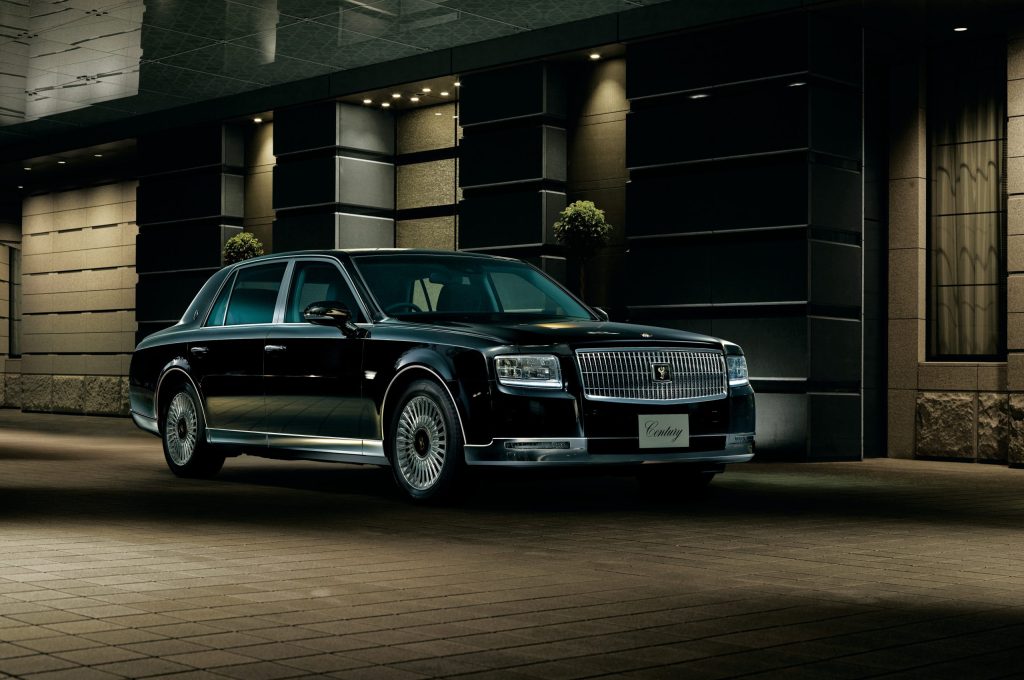
Recent ultra-luxury vehicle trends also indicate a shift towards environmentally conscious choices and cutting edge green technologies. Here, Toyota’s reputation with their ultra-reliable hybrid powertrains becomes a unique selling proposition.
The Century, equipped with a hybrid setup, not only aligns with the shift towards green motoring in modern times, but also positions Toyota as a brand that adapts to evolving industry trends. As the world’s largest automaker by volume sold and shipped, they are also positioned very well to feel the pulse of the market and develop strategies to respond to fluctuations or opportunities.
Statistics on Ultra-Luxury Segment Growth
According to a comprehensive market analysis by Automotive News, the ultra-luxury car segment experienced a 10% year-on-year growth in 2022. This marked a significant upswing compared to both 2020 and 2021.
This surge came about due to the rebounding global economy, especially in regions with a strong appetite for luxury goods.
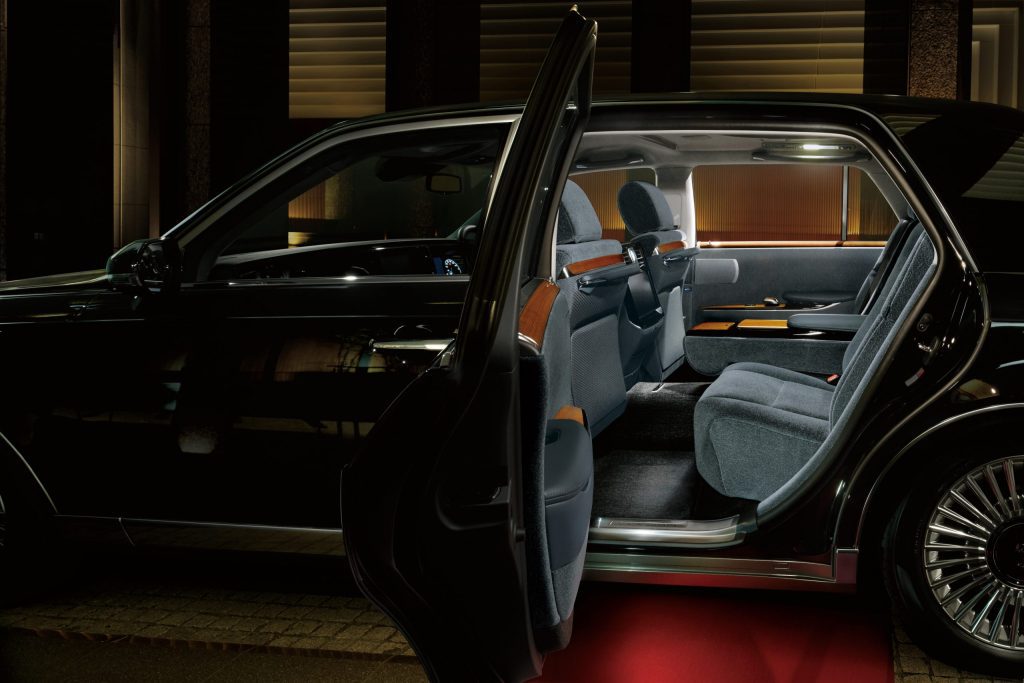
In contrast, 2020 witnessed a slight decline of 2.5% in ultra-luxury car sales due to the economic repercussions of the global pandemic. The decline, however, was mostly transient, as the segment rebounded vigorously in 2021 and continued its growth trajectory.
This highlights the resilience of the ultra-luxury car market, even in the face of global disruptions.
Part of that can also be attributed to the fact that most of those buying ultra-luxury goods, including vehicles, during the pandemic had acquired their wealth before 2020.
The other part of that can be attributed to the slow lifting of restrictions, which often concerned travel by motor vehicle as the first real restriction removed in many countries around the world.
Assessing the Viability of Toyota Century
As the Toyota Century aims to carve a niche in the ultra-luxury segment, it faces two big challenges. First, it needs to land solidly, establishing itself among discerning consumers accustomed to legacy brands.
Second, it must have enough variety and options so that it will have an easier time navigating through the varied market conditions across regions.

The percentage growth and occasional declines in the ultra-luxury segment point to a dynamic market that responds more to economic fluctuations, and less to overall external factors. Toyota’s success with the Century will hinge almost entirely on its ability to adapt strategies and marketing to each specific regional market.
In other words, it needs to resonate with the preferences of ultra-luxury consumers, who can be some of the most demanding and fickle clients. It must also do this without coming off as “cheap,” especially in a market where anything less than utter excellence can have a very real effect on sales.
In Sum
The entry of Toyota Century into the ultra-luxury segment represents a strategic move that has come at a time when the automotive industry is in a full swing recovery from the global pandemic. Analyzing the varied and widespread statistics on ultra-luxury segment growth over the past five years reveals a market that, despite occasional setbacks, continues to expand.
The pricing dynamics and trends within this segment emphasize the importance of a subtle but strong approach, which Toyota appears to be addressing with its (relatively) moderate pricing strategy and emphasis on hybrid technology.
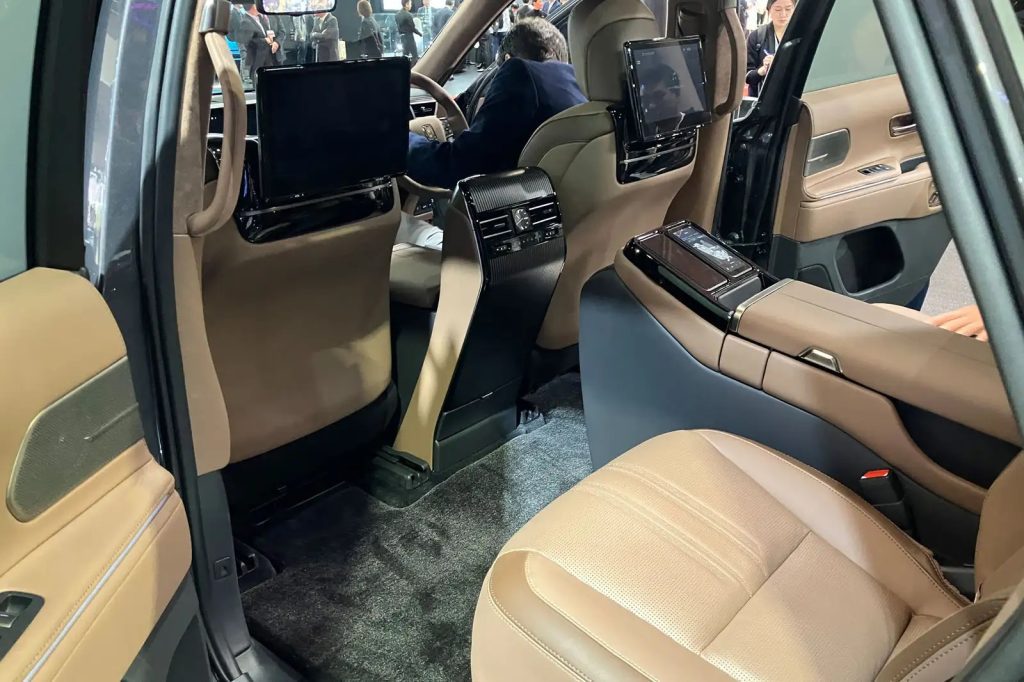
As the automotive landscape constantly shifts and changes, Toyota’s venture into ultra-luxury brings a fresh perspective. Whether the Century can seamlessly integrate into this exclusive realm depends on its ability to navigate through the intricacies of the ultra-luxury market, offering a compelling alternative to established players while aligning with the shifting preferences of highly discerning consumers.
Only time will unveil the true impact of the Century brand name in the ultra-luxury segment, and it becoming a viable option. We think that it has a better-than-average chance at succeeding, as the ultra-luxury segment is looking at strong growth over the next few years, as well as Toyota having all the experience gained over decades with Lexus, just this time focused toward ultra-luxury.

